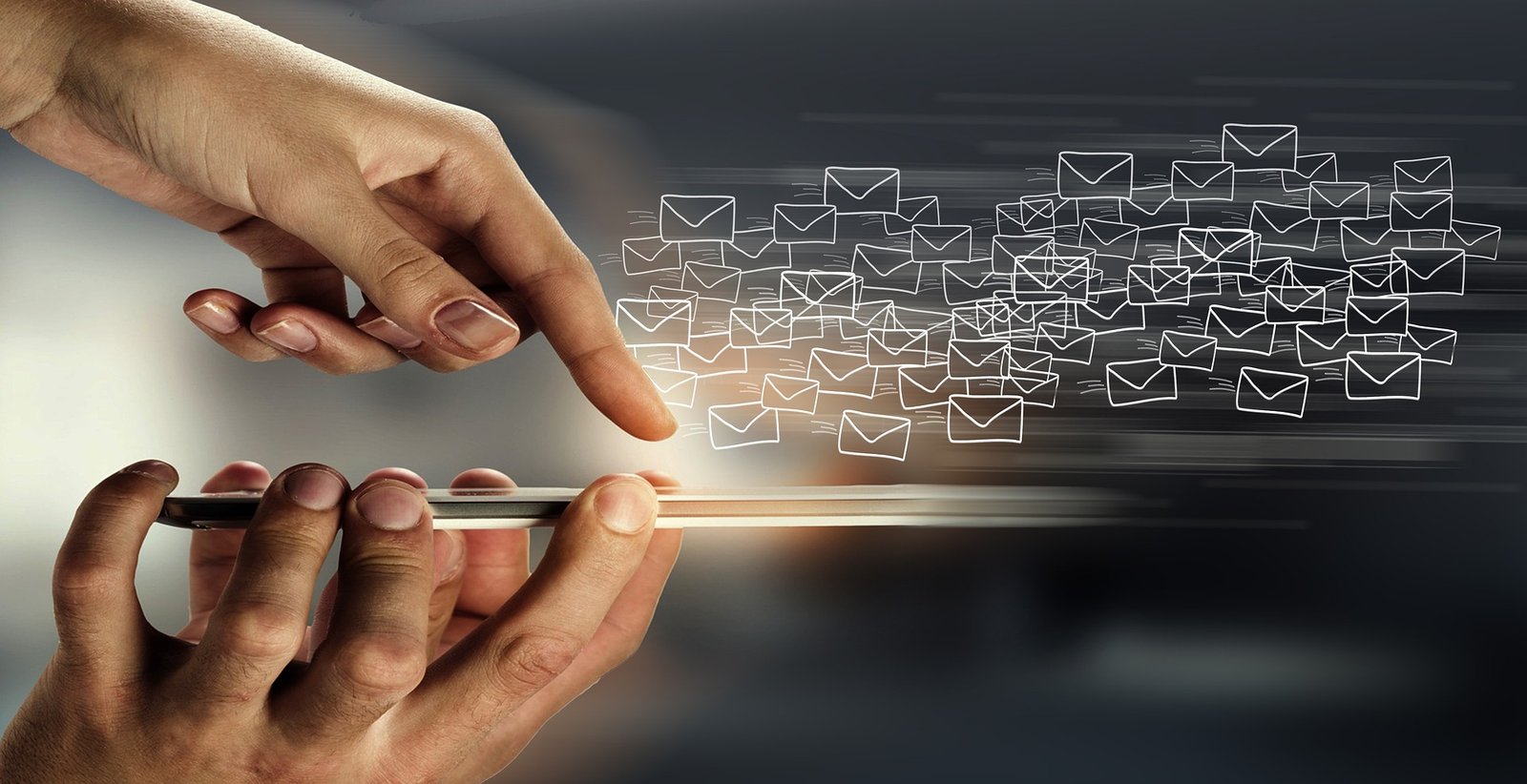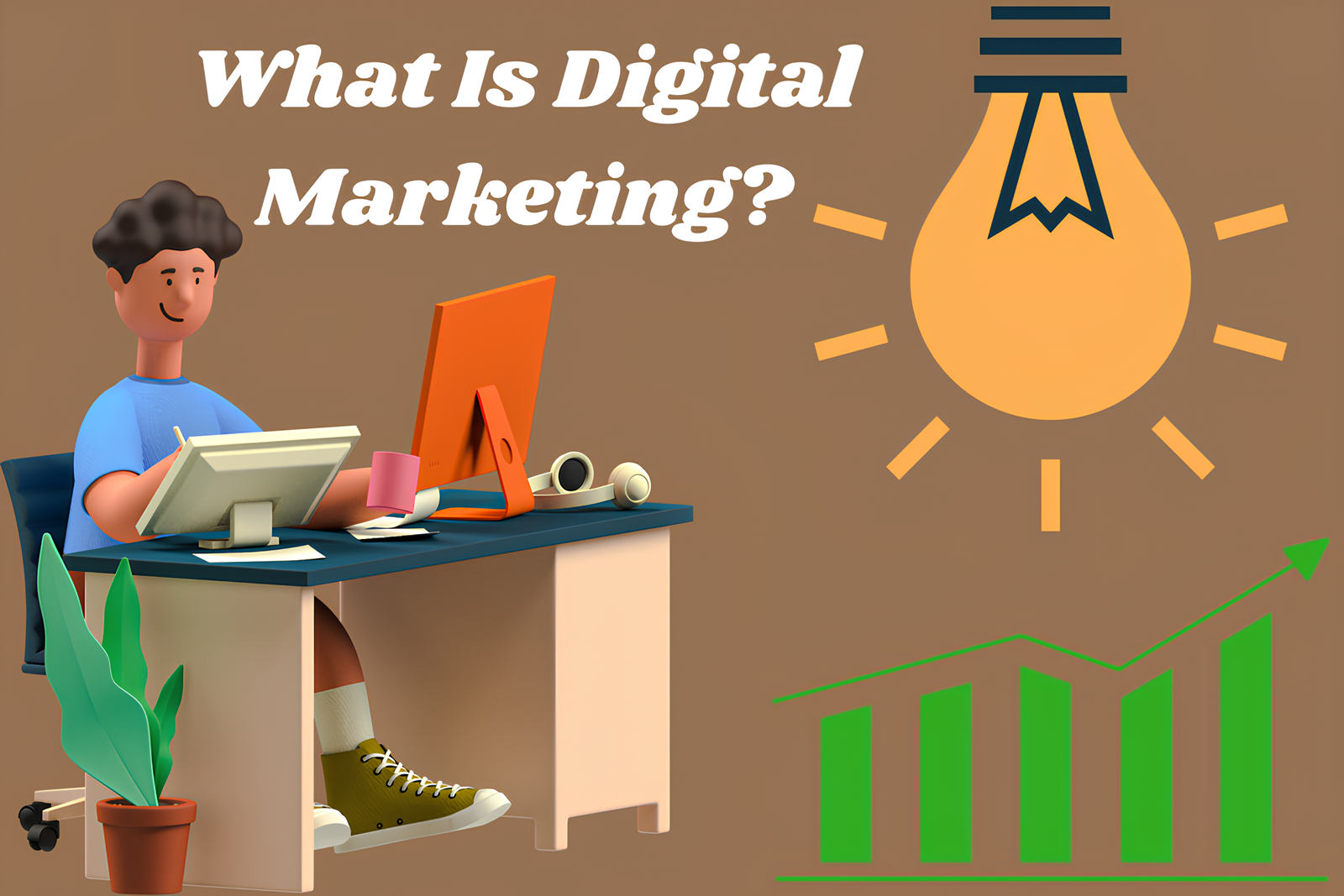Email Automation, In today’s digital world, businesses are constantly looking for ways to streamline their marketing, improve customer engagement, andboost sales. Email automation has emerged as one of the most effective tools for achieving these goals. By allowing companies to send automated, personalized, and timely emails, email automation enhances efficiency while fostering better relationships with customers.
In this comprehensive guide, we will explore the many benefits of email automation, covering everything from increased productivity to improve customer retention. We will also discuss how different industries leverage automation, the role of artificial intelligence (AI) in email marketing, and best practices for maximizing results.
- What is Email Automation?
- How Does Email Automation Works?
- Benifit of Email Automation
- Improved Customer Engagement
- Increased Sales and Conversions
- Enhanced Personalization and Customer Experience
- Improved Customer Retention and Loyalty
- Data-Driven Decision Making with Analytics
- Integration with Other Marketing Channel
- Compliance and Security Benefits
- Cost-Effectiveness and High ROI
- Email Automation FAQ
- Conclusion
What is Email Automation?
Email automation is a powerful marketing and communication strategy that enables businesses, organizations, and individuals to send emails automatically based on predefined triggers, schedules, or user actions. By automating email communication, businesses can build stronger customer relationships, nurture leads, and improve engagement-all while saving time and effort.
This technology helps companies personalize their messaging, reach the right audience at the right time, and streamline their email marketing efforts.
Unlike manual email campaigns, where emails are sent individually or in bulk without personalization, automated email workflows ensure messages are timely, relevant, and triggered by specific actions taken by users.
With the rise of artificial intelligence (AI) and data-driven marketing, email automation has become an essential tool for businesses across industries, from e-commerce and SaaS companies to healthcare providers and financial services.
How Does Email Automation Works?
Email automation relies on predefined triggers, workflows, and rules that determine when and how emails are sent. Let’s break down the process.

Triggers (Email Initiators)
A trigger is the event or condition that starts an automated email workflow. Examples include:
- A user subscribes to a newsletter.
- A customer abandons their cart.
- A lead downloads an eBook.
- A customer hasn’t engaged with emails for 60 days.
- A customer completes a purchase.
Triggers ensure that emails are sent at the most relevant time.
Workflows (Email Sequences)
A workflow is a structured sequence of automated emails based on user actions.
Example: Welcome Email Sequence
- Day 1: “Welcome! Here’s what to expect.”
- Day 3: “Meet our best-selling products.”
- Day 5: “Here’s a 10% discount on your first order.”
- Day 7: “Tell us what you think—your feedback matters!”
By setting up workflows, businesses can nurture leads, educate customers, and drive engagement.
Segmentation & Personalization
Segmentation divides email subscribers into targeted groups based on:
- Demographics: Age, location, gender, etc.
- Behavior: Purchase history, browsing habits, engagement level.
- Email activity: Open rates, click-through rates.
Personalization goes beyond just using the recipient’s name. It involves dynamically inserting product recommendations, past interactions, and relevant offers tailored to each subscriber.
Autoresponders (Instant Replies)
Autoresponders are one-off automated messages triggered by specific actions. Examples include:
- A confirmation email after signing up for a newsletter.
- A “Thank You” email after making a purchase.
- A password reset email when a user requests a new password.
Autoresponders are critical for improving customer experience and engagement.
A/B Testing & Optimization
Most email automation platforms allow businesses to test variations of their emails, including:
- Subject lines
- Email designs
- Call-to-action (CTA) buttons
By testing and analyzing results, businesses can optimize email performance.
Analytics & Reporting
Automated emails are monitored for key metrics, such as:
- Open rate – Percentage of recipients who open the email.
- Click-through rate (CTR) – Percentage of users who click links in the email.
- Conversion rate – Percentage of recipients who complete a desired action (purchase, signup, etc.).
- Bounce rate – Percentage of emails that fail to be delivered.
These insights help businesses refine their automation strategies for better results.
Benifit of Email Automation

Eliminating Manual Work
One of the primary advantages of email automation is the ability to eliminate repetitive tasks. Without automation, businesses must manually send emails to individual recipients, a time- consuming process that is prone to human error.
With automation, businesses can create workflows that send pre-designed emails based on user actions, such as signing up for a newsletter, purchasing a product, or abandoning a shopping cart.
Scaling Email Marketing Efforts
Automated email workflows allow businesses to manage thousands—or even millions—of emails without additional human effort. Whether a company has 100 subscribers or 1million, automation ensures that each recipient gets a personalized experience.
Example:
A company can set up an automated email sequence for new users that includes:
- A welcome email
- A tutorial email
- A product usage reminder
- A trial expiration warning
This ensures every new user receives valuable information without requiring manual intervention.
Improved Customer Engagement
Improved Customer Engagement
Automated emails are triggered based on user actions, ensuring that recipients receive relevant messages when they are most likely to engage.
Examples:
- Sending a welcome email immediately after someonesubscribesFollowing up with a discount offer if a customer abandons their cart.
- Sending a personalized recommendation email based on past purchases.
Higher Open and Click-Through Rates
Since automated emails are more personalized and timely, they generally perform better than generic email blasts. Researchshows that triggered emails have 70% higher open rates and 152% higher click-through rates compared to standard promotional emails.
Increased Sales and Conversions
Abandoned Cart Recovery
One of the most effective email automation strategies for e- commerce businesses is abandoned cart recovery. Studiesshowthat nearly 70% of online shoppers abandon their carts, but cart recovery emails can recover 10-15% of lost sales.
Example:
- First reminder (sent within an hour): “You left something behind!”
- Second reminder (sent after 24 hours): “Still thinking about it?Here’s 10% off.”
- Final reminder (sent after 48 hours): “Last chance to grab your items before they’re gone!”.
Upselling and Cross-Selling
Automated emails can suggest related products based on a customer’s previous purchases, increasing the likelihood of repeat sales.
Example:
If a customer buys a laptop, they might receive an automated email suggesting accessories like a laptop bag or external mouse.
Personalized Discount Offers
Sending personalized discounts based on customer behavior can significantly boost conversions.
Example:
- A beauty brand sends a birthday discount email offering20%off.
- A software company sends a loyalty discount email to long-time customers.
Enhanced Personalization and Customer Experience
Dynamic Email Content
With automation, businesses can personalize emails beyond just inserting a recipient’s name. Advanced email tools allow for dynamic content that changes based on customer preferences, past purchases, and browsing history.
Examples:
- Personalized product recommendations.
- Location-based offers.
- Weather-triggered promotions.
Behavior-Based Email Triggers
Automation ensures that customers receive content relevant to their actions.
Example:
- A travel agency can send flight deals to users who recently searched for flights to Paris.
Milestone Emails
Businesses can automate milestone emails to celebrate key moments with customers, such as:
- Anniversary emails (“You’ve been with us for a year! Here’s A Gift.”)
- Usage milestone emails (“You’ve completed 100 workouts! Keep It up!”)
Improved Customer Retention and Loyalty
Re-Engagement Campaigns for Inactive Users
Automated re-engagement emails help businesses bring back customers who haven’t interacted with them for a while.
Example:
A streaming service notices a user hasn’t watched anything in 30 days and sends an email:
“We miss you! Check out these trending shows.”
Customer Loyalty and Rewards
Businesses can set up automation to reward loyal customers with special discounts, early access to new products, or exclusive content.
Example:
A clothing brand emails customers who have made five purchases: “You’re now a VIP! Enjoy an exclusive early access tour of the new collection.”
Data-Driven Decision Making with Analytics
Measuring Email Performance
Automated email platforms provide detailed analytics, allowing businesses to track:
- Open rates
- Click-through rates
- Conversion rates
- Unsubscribe rates
A/B Testing and Optimization
With automation, businesses can test different subject lines, email designs, and CTAs to determine what works best.
Example:
An online course provider A/B tests two subject lines:
1. “Limited Time Offer: Enroll Today”
2. “Your Learning Journey Starts Now – 20% Off”.
The winning version is then used for future campaigns.
Integration with Other Marketing Channel
Omnichannel Marketing Strategy
Email automation integrates seamlessly with other channels like:
- SMS marketing – Sending text reminders alongside emails.
- Social media ads – Retargeting email subscribers withFacebookor Instagram ads.
- Chatbots – Following up on chatbot interactions with automated emails.
CRM and E-commerce Integration
Popular email automation tools integrate with:
- CRM systems (Salesforce, HubSpot) for better lead nurturing E-commerce platforms (Shopify, WooCommerce) for personalized recommendations.
Example:
An online bookstore integrates email automation with its e- commerce store. When a user adds a book to their wishlist, they receive an automated email when the price drops.
Compliance and Security Benefits
Automatic Compliance with Regulations
Email automation helps businesses stay compliant with laws like:
- GDPR (General Data Protection Regulation) – Ensuringproper opt-ins and easy unsubscribes.
- CAN-SPAM Act – Including mandatory email footers with company details.
- CCPA (California Consumer Privacy Act) – Allowing customers to manage their data preferences.
Secure Transactional Emails
For industries like finance, email automation ensures secure communication, such as:
- Fraud alerts
- Account login notifications
- Banking transaction confirmations
Cost-Effectiveness and High ROI
Lower Costs Compared to Paid Advertising
Email automation is more cost-effective than paid advertising, asit leverages existing customer data without requiringcontinuousad spend.
High Return on Investment (ROI)
Email marketing generates an average ROI of $42 for every$1spent, making it one of the most profitable marketingchannels.
Example:
An online store invests $1,000 in email automation softwareandgenerates $20,000 in revenue from automated campaigns.
Email Automation FAQ

What is email automation in RPA?
Email automation in RPA (Robotic Process Automation) involves the use of software robots or bots to perform repetitive email- related tasks, streamlining email handling and improving operational efficiency. T
hrough RPA tools, tasks such as sending, receiving, sorting, extracting data, and responding to emails can be automated, reducing human intervention and improving the speed and accuracy of email communication.
Incorporating email automation into RPA can lead to more effective workflows, particularly in industries such as finance, customer service, healthcare, and human resources, where handling large volumes of emails is a common occurrence.
What is single email automation?
Single email automation is one of the simplest and most effective way stouse automation to streamline communication processes with customers orleans. It’s especially valuable in scenarios where businesses need to trigger a one-off, personalized email in response to specific customer actions.
Let’s dive deeper into its components, advanced features, implementation strategies, and the tools available for creating single email automations. Single email automation is often used in cases where one-time interaction or a straightforward response is needed, without the need for a series of follow-up emails. It’s a quick and effective way to streamline communication.
Conclusion
Email automation is a game-changer for businesses looking to enhance their customer engagement, streamline communication, and boost their bottomline. By automating key processes like welcome emails, abandoned cart reminders, and follow-ups, businesses can provide timely, personalized experiences for their customers, all while saving time and resources.
If you haven’t yet embraced email automation, now is the time to start. With the right tools and strategies in place, email automation can transform the way you connect with your audience and help you stay ahead in the competitive digital landscape.
Are you ready to automate your email marketing? Let us know how you plan to implement email automation in your business.


